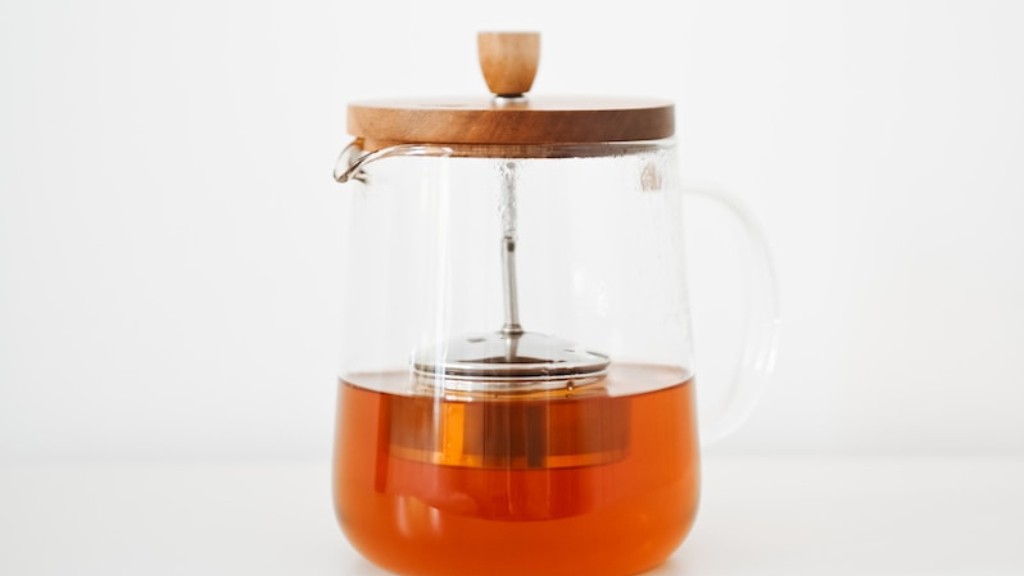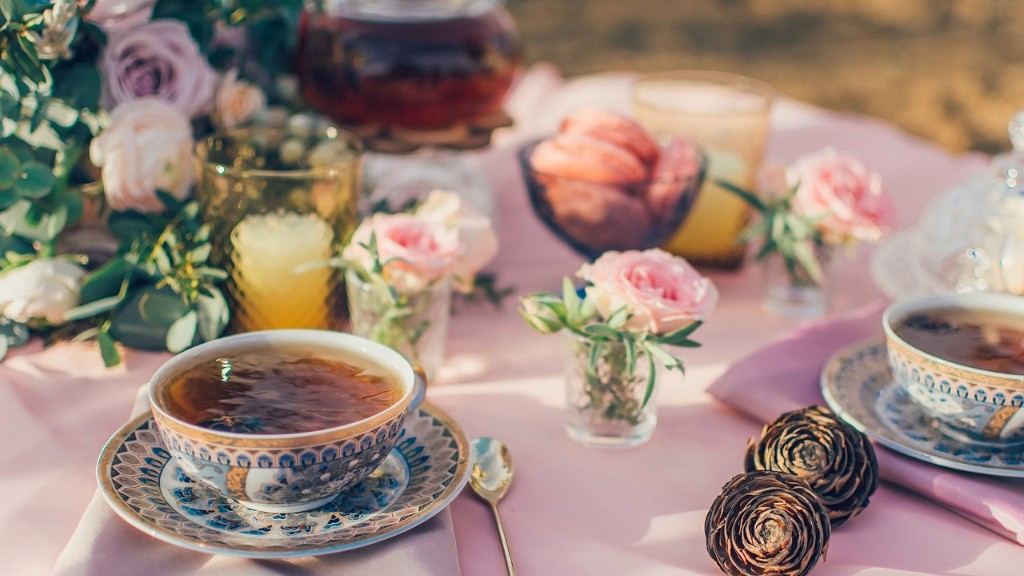The Mysterious Earl Grey Plant
Have you ever wondered if there was a plant that smells like Earl Grey tea? For many, this idea almost seems too good to be true – like a scented wonderland of tea-scented flowers waiting just around the corner. But could it be? Is there really a plant that smells like Earl Grey tea?
The answer is a tantalizing, yes! The plant that produces the delectable tea flavor called Earl Grey is called Citrus bergamia. This species belongs to the Rutaceae family and is most commonly known for its aroma and flavor. It has a rich and unique scent that is almost impossible to replicate with any other type of plant or flower.
Even though it may be hard to believe, the Earl Grey plant is a real thing. Its distinctive scent and flavor come from the bergamot oil that comes from its peel. Bergamot oil is also used to give perfume its unmistakable, irresistible aroma. This miracle oil is extracted from the rind of this citrus fruit, giving it a fresh, citrusy smell and a deep, exotic flavor.
The prodigious Earl Grey plant is native to the Mediterranean and has been grown in Europe, North Africa, and now even in the United States. For many, this plant is more than a mere source of tea – it’s a symbol of the rich culture and cuisine of the region it’s native to.
Earl Grey tea has always been one of the world’s favorite teas, and the secret behind its indisputable flavor has baffled even the most experienced tea connoisseurs. Its unique and enticing aroma is believed to be mostly derived from the bergamot oil and specific terpenes found in the plant. This is what gives it its unmistakable fragrance and memorable taste.
Refreshing Health Benefits
Apart from its unique scent, the Earl Grey plant has many other benefits to offer. It is rich in vitamins and minerals that can boost your overall health and well-being. It also contains citric acid, which is a powerful antioxidant that helps fight free radicals and oxidative stress.
Moreover, bergamot oil has been used for centuries for its healing properties. It is known to have anti-inflammatory, antifungal, and antibacterial effects, making it a natural remedy for many skin conditions and infections. The plant is also known to help regulate your cholesterol levels and blood pressure.
Additionally, its essential oils are believed to offer relief from stress and anxiety, making it a perfect choice for a relaxing evening cup of tea. And last but not least, the Earl Grey plant is believed to contain powerful compounds that could potentially help fight cancer.
DIY Earl Grey Tea
If you’re a tea enthusiast and happen to find yourself in a place where you can’t get your hands on a pack of Earl Grey tea bags, no worries. You can easily make your own at home with fresh ingredients from the Earl Grey plant.
To make this tasty beverage, you’ll need 1 cup of freshly-boiled water, 2 teaspoons of Earl Grey berries or oil, 1 teaspoon of lemon juice, and 4 teaspoons of honey (optional). Start by infusing the oil or berries in the hot water for 15 minutes. After strained, add in some lemon juice and honey to sweeten.
Enjoy your freshly-brewed Earl Grey tea! This homemade version is sure to be more flavorful than any store-bought tea and even more memorable because of its distinctive aromas.
Growing Earl Grey Plants
Want to grow your own Earl Grey plant? If you’re feeling adventurous, you can try growing your own plant from the seeds. Before planting, though, make sure you soak the seeds in lukewarm water overnight.
Once the seeds are ready to go, place them in a pot with soil and light sand. Water your new plant frequently and keep a close eye on the soil level. You may also want to place some plastic wrap around the pot in order to maintain higher levels of humidity.
The Earl Grey plant can take some time to mature, so patience is key. Once it does, you’ll be able to reap the benefits of its unique flavor and fragrance.
Conclusion
The peculiar Earl Grey plant has tickled our curiosity for centuries, and as it turns out, it’s not a figment of our imagination. This plant is as real as it gets, and with its distinctive aroma and flavor, it captivates our taste buds and soothes our senses. When used as a tea, it can offer a myriad of benefits, from stress relief to even a potentially cancer-fighting effect. There’s no denying that the Earl Grey plant is an incredible marvel of nature – so the next time you’re sipping on a cup of this deliciously fragrant tea, remember to thank the incredible Citrus bergamia for its amazing properties.

